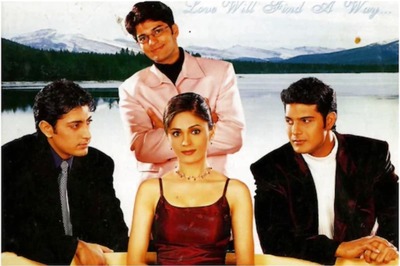
views
The common sources of protein for many of us remain to be chicken, soya, eggs, and milk, among others. But, there are also some less-popular sources that are highly rich in protein but aren’t considered appropriate for consumption. These are certain insects and algae that some people in Africa, South America, and Asia have already started exploring. Now, as the idea of consuming such food remains bizarre, researchers from the Singapore University of Technology and Design (SUTD) have come up with an unconventional method to make it more acceptable.
The researchers have utilised 3D printing technology to combine commonly eaten foods like carrots with alternative protein sources like crickets to produce an appealing dish. The process of combining different food inks is considered quite arduous. The team devised a method to incorporate alternative protein into food inks and also successfully minimised the time and resources by cutting down on the experimental runs.
In their study, published in Food Hydrocolloids, the researchers took the central composite design approach to optimize the protein ink and formulations. The formulation had three variables including carrot powder, xanthan gum, and proteins. The carrot powder helped in bolstering the mechanical strength and enhancing the taste, nutrients, and colour of the formulated ink.
Researchers also conducting experiments with alternative proteins like spirulina, black soldier fly larvae, cricket, and sericin. The inks were tested for their 3D printability and syneresis where maximum printability and minimal syneresis was seen in optimised inks.
According to Aakanksha Pant, research associate from SUTD and corresponding author of the study, the findings can be used for other food ingredients as well. The response of the food ink like printability, water seepage, and texture can be then used for optimization, Pant added.
Highlighting the potential of 3D printing, professor Chua Chee Kai said that the versatility of 3D food printing technology can help overcome the inertia of consumers when it comes to eating alternative protein sources.
Read the Latest News and Breaking News here














Comments
0 comment